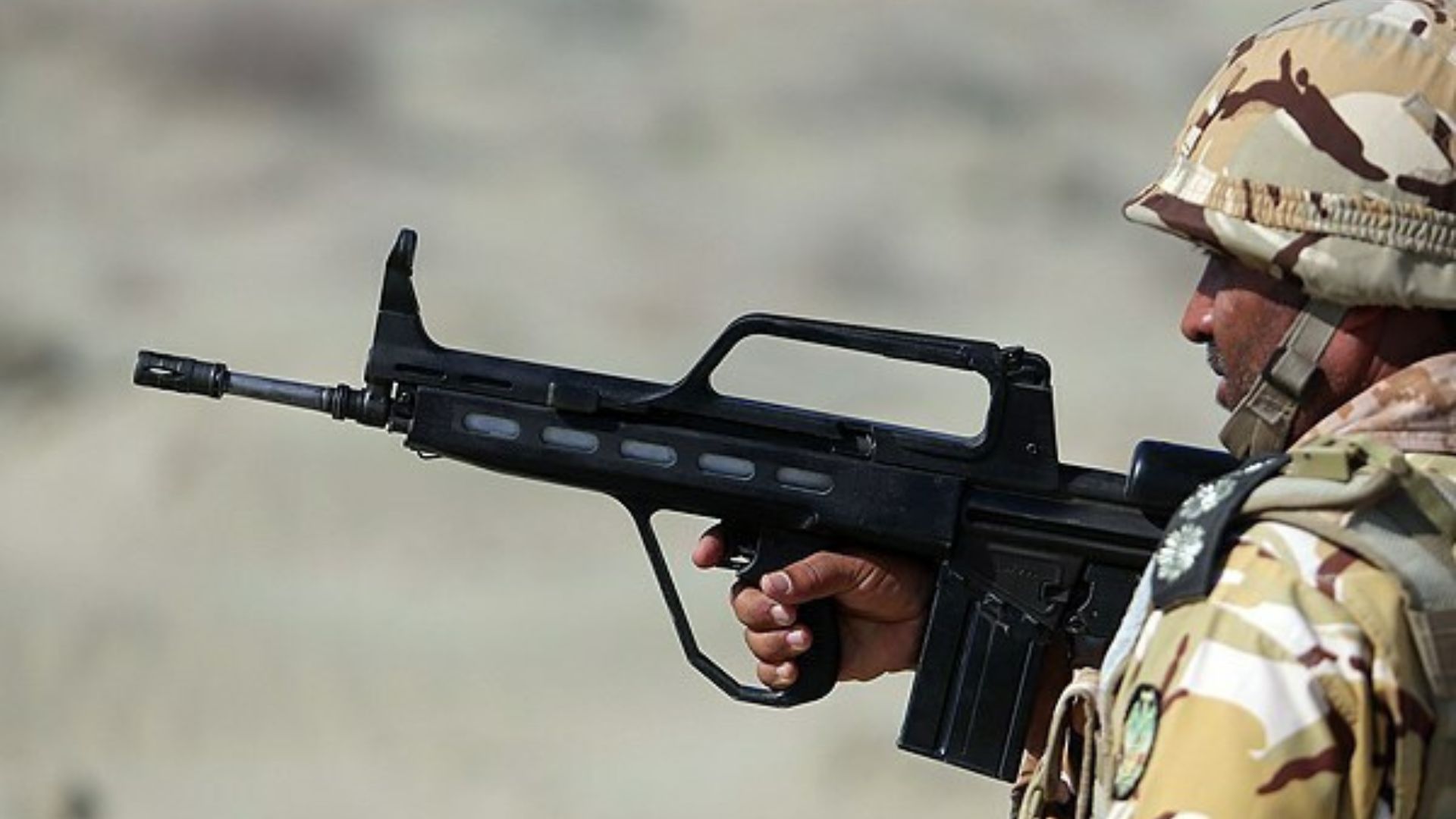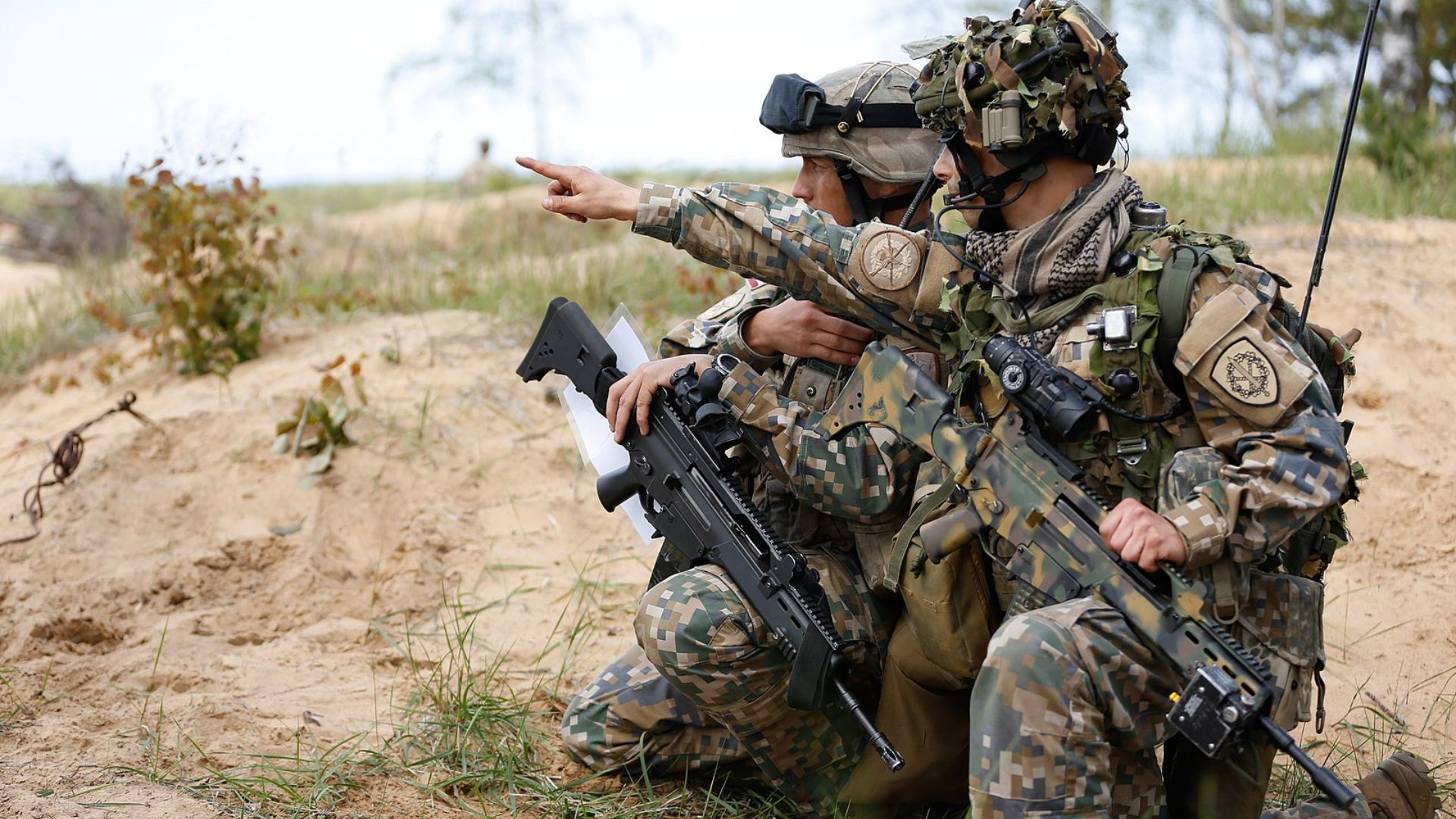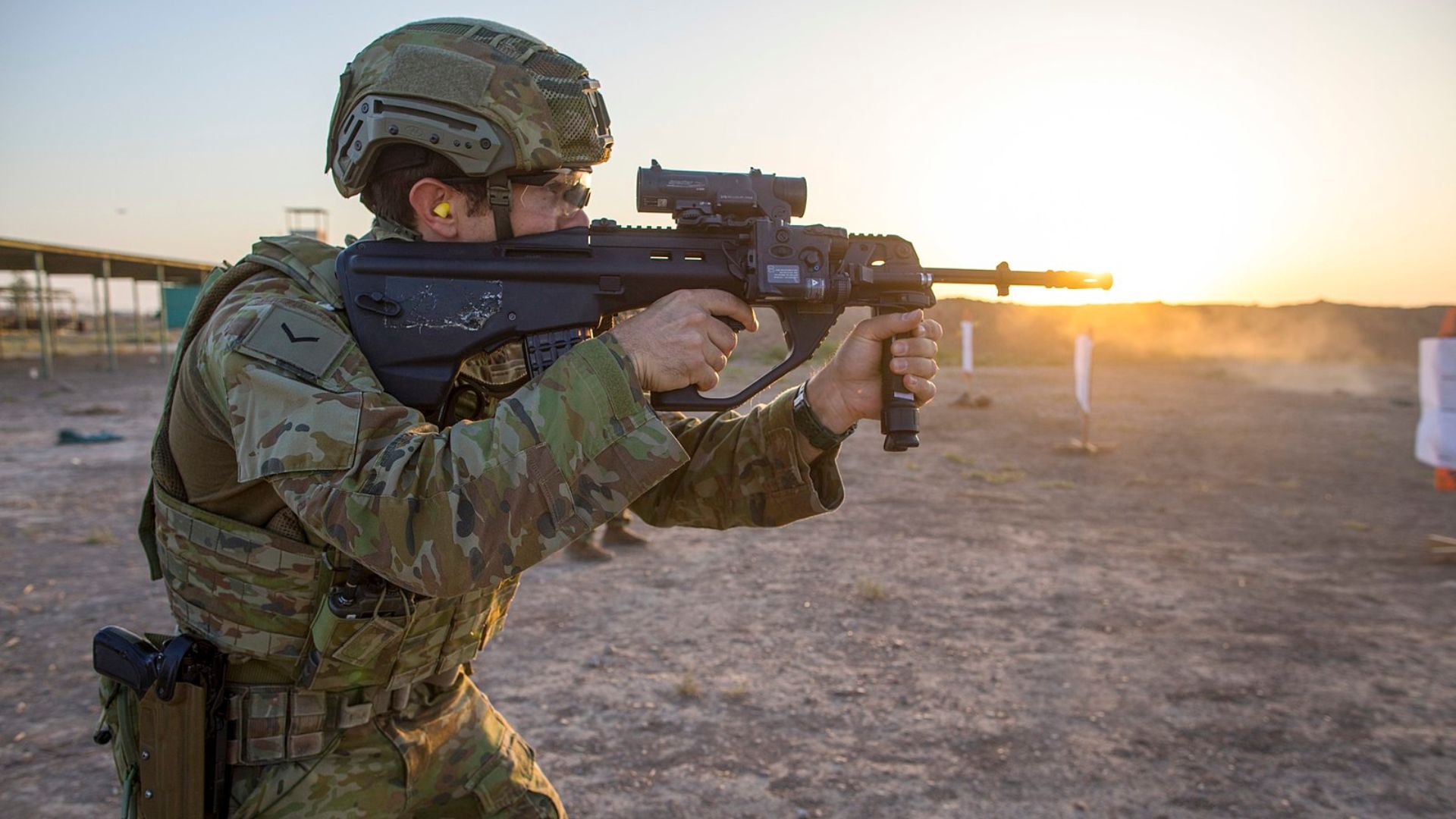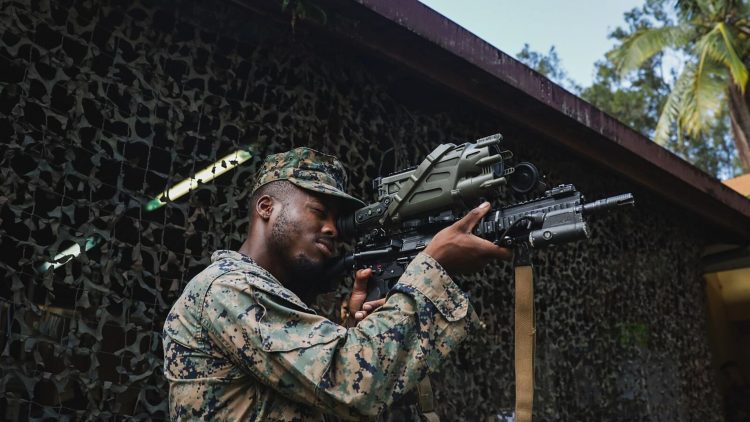Most rifles follow a standard construction: the trigger is located beneath or behind the action and magazine. Picture a Remington 700 or an AR-15, where the magazine sits in front of the trigger guard. This is the most common configuration for a long gun, but it can result in particularly long rifles, which can be unwieldy in certain situations.

What is a Bullpup Rifle
Enter bullpup rifles—a design that flips the traditional configuration. Bullpup guns place the action and magazine behind the trigger assembly, closer to the shooter’s body.

With the chamber further to the rear, the barrel is moved backward as well, eliminating the need for longer buttstocks. This results in shorter, more maneuverable rifles with the same barrel length as their conventional counterparts.
A Brief History

Throughout the 20th century, several bullpup designs emerged, including the experimental EM-2 “Janson Rifle” during the NATO rifle trials in the 1950s, the Steyr AUG, the French FAMAS, the FN P90, Barrett’s XM500 in .50 BMG, the Kel-Tec RFB and RDB, and the IWI Tavor. These represent only a small fraction of the bullpup rifles available today.
Size and Length
Traditional rifles, with the trigger positioned at the end of the firing mechanism, require a stock for the shooter to hold and aim the rifle comfortably.

By moving the trigger in front of the magazine, the shooter’s shoulder absorbs the recoil of the action directly without compromising ergonomics. On average, bullpups are 25 percent shorter than conventional rifles when built on the same platform.
Weight and Balance
Conventional rifles are generally heavier than bullpups of the same platform, affecting the shooter’s ability to hold the firearm for extended periods.
With a loaded magazine, rifles like the AR-15 tend to be “forward heavy,” impacting the shooter’s ability to engage the target, especially if wounded.
Bullpups can be “back heavy” due to the action and magazine being at the rear. This may cause significant “muzzle rise” in fully automatic mode. However, this disadvantage is often overstated because the weight is close to the shooter’s body, making it easier to support and balance.
Tavor TAR-21/X95

The Tavor TAR-21 and its more modern counterpart, the X95, represent the pinnacle of bullpup rifle design, hailing from the innovative minds at Israel Weapon Industries (IWI). The TAR-21, introduced in the early 2000s, was developed to meet the Israel Defense Forces (IDF) demands, aiming to deliver a compact, reliable, and highly maneuverable firearm without sacrificing barrel length or accuracy. The bullpup configuration, with its magazine and action located behind the trigger, allows the Tavor series to maintain a full-length barrel while significantly reducing the weapon’s overall length. This design offers superior balance and agility, ideal for close-quarter combat and urban warfare scenarios.
The X95, often referred to as the Micro Tavor, builds upon the success of the TAR-21 by offering a more modular and versatile platform. It features a redesigned, more ergonomic grip and a lighter, more compact frame. The X95 can be quickly adapted to fire different calibers, including 5.56 NATO, 9mm, and 7.62x39mm, by swapping out barrels and magazines, making it a highly adaptable tool for modern military forces. Its advanced polymer construction ensures durability while keeping the weight manageable, and its fully ambidextrous controls cater to a wide range of users. The TAR-21 and the X95 have seen extensive use worldwide, earning a reputation for reliability and performance in some of the harshest imaginable conditions. These bullpup rifles offer the perfect blend of firepower, precision, and compactness for special operations forces, making them a go-to choice in the arsenal of elite units.
Accuracy
If both platforms have the same barrel length, accuracy should be similar since barrel length is a key factor in a rifle’s potential precision. However, shooters accustomed to one platform may need to adjust their mechanics when switching to the other due to differences in balance, weight distribution, and overall handling.

Practice and training are crucial for improving accuracy with any firearm. Consistent use helps shooters become familiar with their rifle’s characteristics and develop the muscle memory needed for precise shooting. Bullpup rifles typically have a higher sight offset, or “height over bore,” than traditional rifles.
For example, the IWI Tavor’s sights are nearly 4 inches above the bore, whereas the AR-15’s sights are around 2.5 inches above the bore. This higher sight offset can influence aiming and shot placement, particularly in close-quarters situations where precision is critical.
The greater the height over bore, the more noticeable the shift in point of impact, especially at short distances. Shooters must compensate for this difference to ensure accuracy.
Additionally, shooting from structures or through apertures, like windows, requires extra caution with bullpup rifles. The shooter must ensure the muzzle clears the obstruction, as a misalignment between sight and bore can result in missed shots despite having a clear view of the target.
Cartridge Ejection and Trigger Pull
Most conventional rifles have an ejection port on either the right or left side. Left-handed shooters can still use rifles with right-handed ejection ports without fear of being hit by spent brass. Some rifles allow switching ejection ports to match the shooter’s preference.
Ejection ports are a major challenge for bullpups. Because the action is close to the shooter’s face, switching from right to left during use can be difficult. Some bullpups address this by ejecting casings downward or forward.
Conventional rifles have perfected trigger mechanisms over the years, with few problems due to their proximity to the action. Bullpups use trigger linkages between the forward trigger mechanism and the action at the rear. These extra parts are sometimes cited as weaknesses of the platform.











COMMENTS
You must become a subscriber or login to view or post comments on this article.